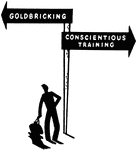
Round Front Primary High Vowel
Vowels have a wide, firm, and free channel, whereby the breath is modified without friction or sibilation.…

Round Front Primary Mid Vowel
Vowels have a wide, firm, and free channel, whereby the breath is modified without friction or sibilation.…

Round Front Primary Low Vowel
Vowels have a wide, firm, and free channel, whereby the breath is modified without friction or sibilation.…

Round Front Wide High Vowel
Vowels have a wide, firm, and free channel, whereby the breath is modified without friction or sibilation.…

Round Front Wide Mid Vowel
Vowels have a wide, firm, and free channel, whereby the breath is modified without friction or sibilation.…
Round Front Wide Low Vowel
Vowels have a wide, firm, and free channel, whereby the breath is modified without friction or sibilation.…
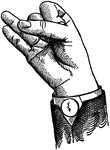
Indicated High Primary Back Glide
Glides are only transitional sounds. They are intermediate to Consonants and Vowels, combining the characteristics…

Indicated High Primary Top Glide
Glides are only transitional sounds. They are intermediate to Consonants and Vowels, combining the characteristics…

Indicated High Primary Point Glide
Glides are only transitional sounds. They are intermediate to Consonants and Vowels, combining the characteristics…

Indicated High Primary Lip Glide
Glides are only transitional sounds. They are intermediate to Consonants and Vowels, combining the characteristics…

Indicated High Wide Back Glide
Glides are only transitional sounds. They are intermediate to Consonants and Vowels, combining the characteristics…

Indicated High Wide Top Glide
Glides are only transitional sounds. They are intermediate to Consonants and Vowels, combining the characteristics…

Indicated High Wide Point Glide
Glides are only transitional sounds. They are intermediate to Consonants and Vowels, combining the characteristics…

Indicated High Wide Lip Glide
Glides are only transitional sounds. They are intermediate to Consonants and Vowels, combining the characteristics…
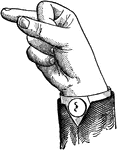
Indicated Mid Primary Back Glide
Glides are only transitional sounds. They are intermediate to Consonants and Vowels, combining the characteristics…

Indicated Mid Primary Top Glide
Glides are only transitional sounds. They are intermediate to Consonants and Vowels, combining the characteristics…

Indicated Mid Primary Point Glide
Glides are only transitional sounds. They are intermediate to Consonants and Vowels, combining the characteristics…

Indicated Mid Primary Lip Glide
Glides are only transitional sounds. They are intermediate to Consonants and Vowels, combining the characteristics…

Indicated Mid Wide Back Glide
Glides are only transitional sounds. They are intermediate to Consonants and Vowels, combining the characteristics…

Indicated Mid Wide Top Glide
Glides are only transitional sounds. They are intermediate to Consonants and Vowels, combining the characteristics…

Indicated Mid Wide Point Glide
Glides are only transitional sounds. They are intermediate to Consonants and Vowels, combining the characteristics…

Indicated Mid Wide Lip Glide
Glides are only transitional sounds. They are intermediate to Consonants and Vowels, combining the characteristics…
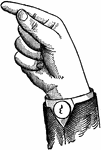
Indicated Low Primary Back Glide
Glides are only transitional sounds. They are intermediate to Consonants and Vowels, combining the characteristics…

Indicated Low Primary Top Glide
Glides are only transitional sounds. They are intermediate to Consonants and Vowels, combining the characteristics…

Indicated Low Primary Point Glide
Glides are only transitional sounds. They are intermediate to Consonants and Vowels, combining the characteristics…

Indicated Low Primary Lip Glide
Glides are only transitional sounds. They are intermediate to Consonants and Vowels, combining the characteristics…

Indicated Low Wide Back Glide
Glides are only transitional sounds. They are intermediate to Consonants and Vowels, combining the characteristics…

Indicated Low Wide Top Glide
Glides are only transitional sounds. They are intermediate to Consonants and Vowels, combining the characteristics…

Indicated Low Wide Point Glide
Glides are only transitional sounds. They are intermediate to Consonants and Vowels, combining the characteristics…
Indicated Low Wide Lip Glide
Glides are only transitional sounds. They are intermediate to Consonants and Vowels, combining the characteristics…
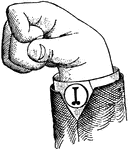
Normal Aperture Mixed Primary Low Vowel
Vowels have a wide, firm, and free channel, whereby the breath is modified without friction or sibilation.…
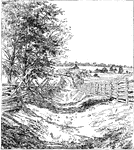
Sunken Road at Battle of Antietam
The Sunken Road at the Battle of Antietam. The Battle of Antietam, also known as the Battle of Sharpsburg,…
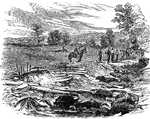
Sunken Road at Battle of Antietam
Scene at the Sunken Road at the Battle of Antietam. The Battle of Antietam, also known as the Battle…
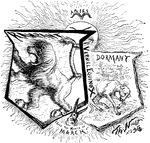
March Montage
A March montage of "in like a lion, out like a lamb," the sign of Aries, and a rabbit.

Combination Horizontal Alignment/Intersection, Black and White
"The horizontal alignment Turn signs may be used in advance of situations where the horizontal roadway…
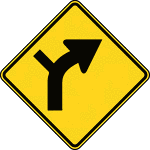
Combination Horizontal Alignment/Intersection, Color
"The horizontal alignment Turn signs may be used in advance of situations where the horizontal roadway…
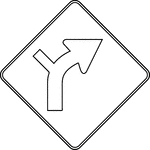
Combination Horizontal Alignment/Intersection, Outline
"The horizontal alignment Turn signs may be used in advance of situations where the horizontal roadway…
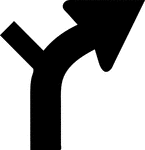
Combination Horizontal Alignment/Intersection, Silhouette
"The horizontal alignment Turn signs may be used in advance of situations where the horizontal roadway…

U-Turn, Black and White
The horizontal alignment signs may be used in advance of situations where the horizontal roadway alignment…
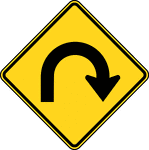
U-Turn, Color
The horizontal alignment signs may be used in advance of situations where the horizontal roadway alignment…
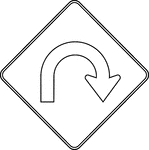
U-Turn, Outline
The horizontal alignment signs may be used in advance of situations where the horizontal roadway alignment…
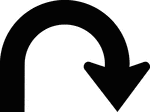
U-Turn, Silhouette
The horizontal alignment signs may be used in advance of situations where the horizontal roadway alignment…
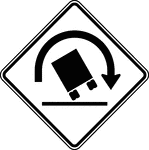
Truck Rollover Warning, Black and White
"A Truck Rollover Warning sign may be used to warn drivers of vehicles with a high center of gravity,…
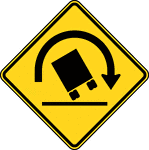
Truck Rollover Warning, Color
"A Truck Rollover Warning sign may be used to warn drivers of vehicles with a high center of gravity,…
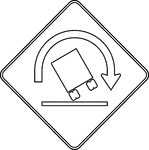
Truck Rollover Warning, Outline
"A Truck Rollover Warning sign may be used to warn drivers of vehicles with a high center of gravity,…

Truck Rollover Warning, Silhouette
"A Truck Rollover Warning sign may be used to warn drivers of vehicles with a high center of gravity,…
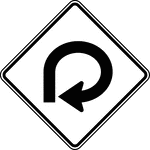
270 Degree Loop, Black and White
The horizontal alignment signs may be used in advance of situations where the horizontal roadway alignment…
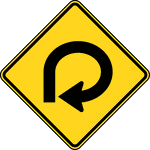
270 Degree Loop, Color
The horizontal alignment signs may be used in advance of situations where the horizontal roadway alignment…
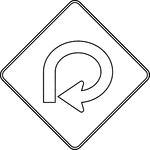
270 Degree Loop, Outline
The horizontal alignment signs may be used in advance of situations where the horizontal roadway alignment…

270 Degree Loop, Silhouette
The horizontal alignment signs may be used in advance of situations where the horizontal roadway alignment…
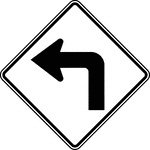
Left Turn, Black and White
The horizontal alignment Turn may be used in advance of situations where the horizontal roadway alignment…
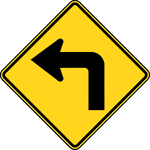
Left Turn, Color
The horizontal alignment Turn may be used in advance of situations where the horizontal roadway alignment…
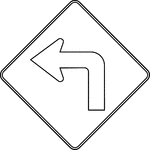
Left Turn, Outline
The horizontal alignment Turn may be used in advance of situations where the horizontal roadway alignment…
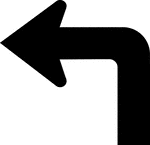
Left Turn, Silhouette
The horizontal alignment Turn may be used in advance of situations where the horizontal roadway alignment…
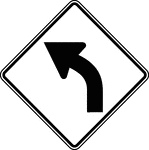
Left Curve, Black and White
The horizontal alignment Curve may be used in advance of situations where the horizontal roadway alignment…
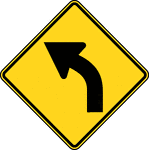
Left Curve, Color
The horizontal alignment Curve may be used in advance of situations where the horizontal roadway alignment…
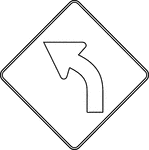
Left Curve, Outline
The horizontal alignment Curve may be used in advance of situations where the horizontal roadway alignment…
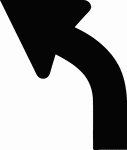
Left Curve, Silhouette
The horizontal alignment Curve may be used in advance of situations where the horizontal roadway alignment…
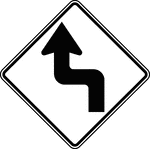
Reverse Turn, Black and White
The horizontal alignment Reverse Turn signs may be used in advance of situations where the horizontal…
